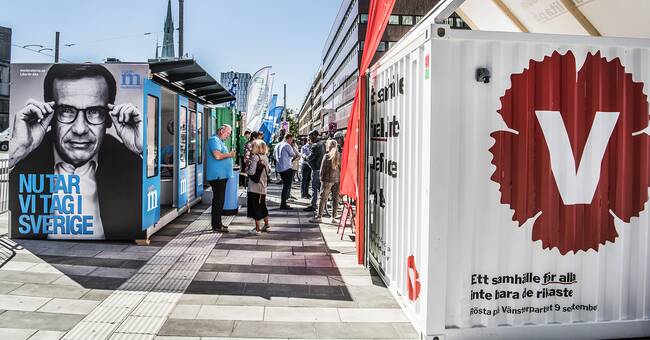With one year left until the election, the parties have every reason to think about why in many cases they find it difficult to attract men and women to the same extent.
The Sweden Democrats have had the biggest problem.
In 2018, the party had more than twice as many male and female sympathizers in the parliamentary elections.
Statistics Sweden notes that the political gender gap has generally increased sharply during the half-century the authority conducted party sympathy surveys.
But it affects the parties differently.
The moderates have in principle always had more male supporters, but the differences have increased over time.
For a long time, the Social Democrats had an even gender distribution, but in the latest polls, the female sympathizers had become the majority.
Men have most often applied to the party on the right.
On the contrary, the Left Party has gained a dominance of female supporters after previously having a larger proportion of males.
The Green Party and the Christian Democrats have always been more popular among women.
The parties that in all years have had about as many male and female sympathizers are the Center Party and the Liberals.
That men and women are increasingly pulling in different directions politically is a trend that is seen in many countries and coincides, according to the Gothenburg political scientists Jakob Ahlbom and Maria Oskarsson, with the fact that women's political interest has increased.
And that women in general like a generous welfare policy to a greater extent than men.
The election result for the Riksdag would be completely different if only men and women were allowed to vote.
In a male-elected parliament, M, KD and SD would get a clear majority.
If the women were allowed to decide, S, V, MP and C would get the most seats.
See Annika Strandhäll (S), gender equality policy spokesperson and Richard Jomshof, party secretary SD, debate the gender differences in politics in Aktuellt.

